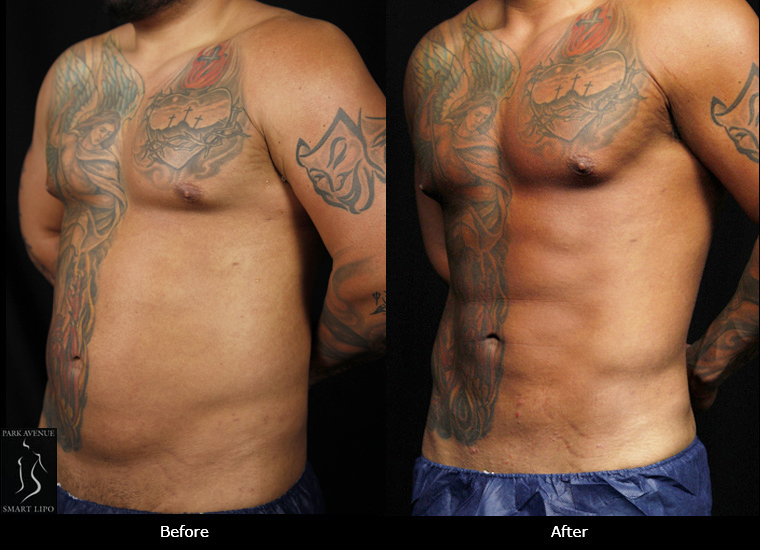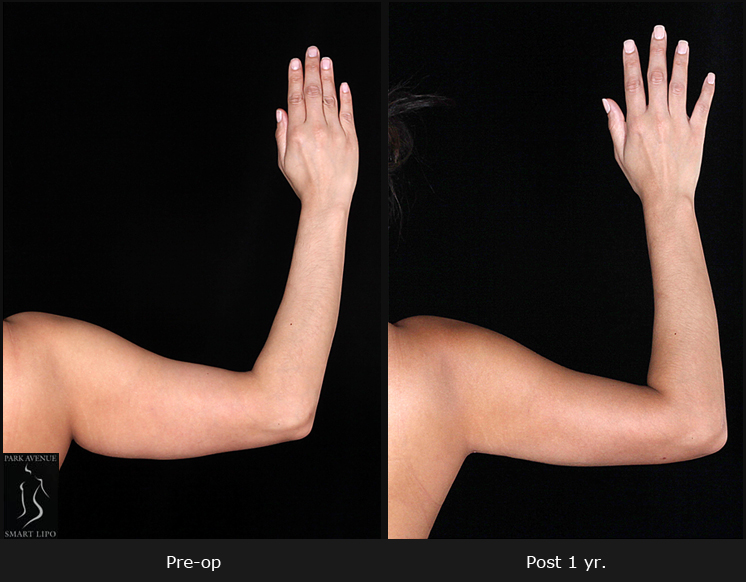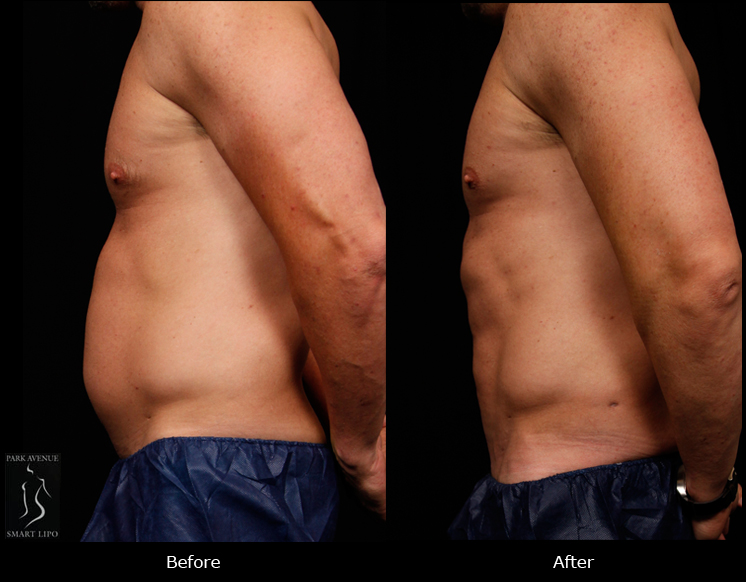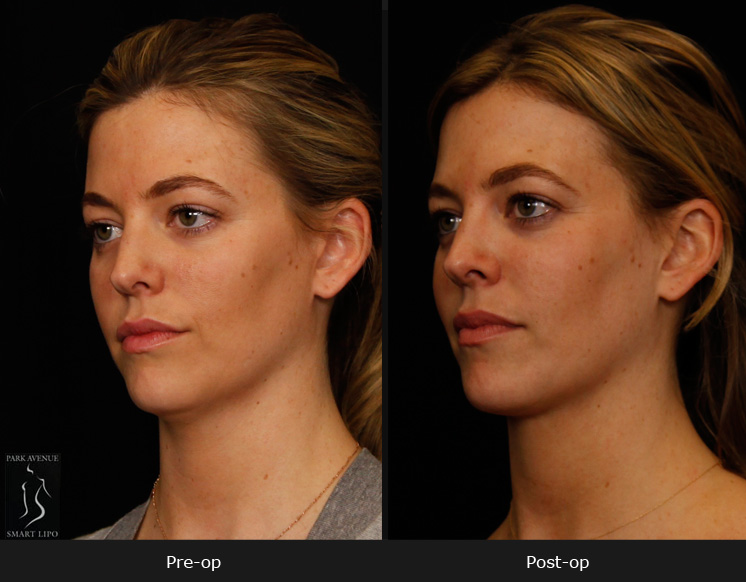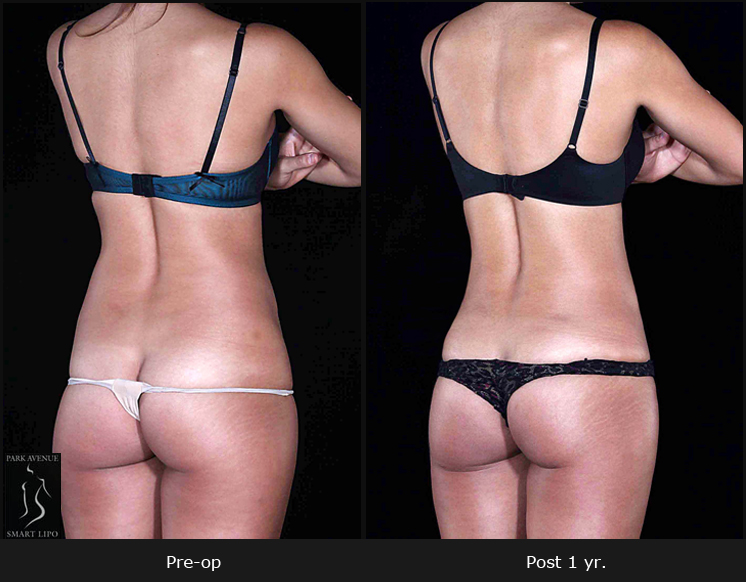Images speak louder than words, and this same theory applies to before-and-after photos of plastic surgery candidates. They are the most effective means for surgeons to communicate their aesthetic sensibility as well as for patients to get an immediate sense of what the surgeon envisions as a favorable postoperative result. For instance, patients who are looking for a procedure such as liposuction in NYC in a plastic surgery facility can now take a more informed decision by looking for pre- and post-op photos of the surgeon’s previous patients. In that sense, these before-and-after photos serve as the surgeon’s portfolio, and these are similar to the images an artist may share.
Clinical photography serves several very important purposes, and understanding the logic behind them is important. But while you are looking for any images, you have to know what you’re looking at and why. As mentioned in a Washingtonian.com article, when studying pre- and post-op photos on surgeons’ websites and in office “look books,” concentrate on patients who are your approximate age, ethnicity, and body type to get the best idea of the work you can expect. In other words, viewing the proper before and after images of patients similar to you will help you understand what’s possible with a given procedure and how each surgeon approaches that procedure. There are more things you have to check while viewing these photos as its ultimate goal is to help you make better informed judgments to find right surgeon and procedure for you.
Follow these steps when viewing plastic surgery before-and-after photos.
- Look for patients that resemble you in pre-op photos: It’s very important to look for images of patients who have characteristics or conditions similar to yours, because what you start with in large part determines what you end up with. That is, if you are interested in chin liposuction in NYC, you have to look if the patient in the image has the same sort of double chin, drooping jaw line or excess skin below the jaw line. Or if you are seeking a breast procedure, find women whose breasts are shaped like yours. Even though no two people are totally alike, photos or images serve as a valuable support when your surgeon is explaining how a procedure will work and what changes you can expect to see.
- See if patient poses are consistent: This is important because confusion can arise from a photograph. An article titled “Clinical Photography: A Guide for the Clinician” published in the Journal of Postgraduate Medicine highlights that “if clinicians are going to produce a serial record of a patient, then the positioning should be consistent. This is because much confusion can arise from photographs – particularly close-ups – in which the patient’s position, or the orientation of a body part, is ambiguous.”
So, look if the images are consistent. Good photography relies on an imaginary line which can be drawn from the tragus of the ear through the lower point of the eye socket, which is called the Frankfort Horizontal Line. - Note the lighting: Look for before-and-after photos that show patients pose for the photos under the same lighting, as different lightings can make a photo look different.
- Look for results similar to what you expect: Among the images, look for results that are similar to your expectations. If possible, take these with you to your consultation and mention what you like (and don’t like) and why, to your surgeon as it would help you to communicate your cosmetic surgery goals.
- Evaluate the placement of scars: Carefully check the images to see if scars are too obvious. Even though every surgical procedure may leave some sort of scars, experienced plastic surgeons would either try to minimize the scarring with their incisions or hide them as much as possible, either within the skin’s natural folds, or within bra or panty lines.
- Assess the surgeon’s artistic skills: Look for the surgeon’s skill in the photos, as before-and-after photos usually show a range of the surgeon’s typical results. See if the photos replicate what you desire; whether the results look natural; and so on.
A study published in the Aesthetic Surgery Journal queried patients on what they look for when researching a plastic surgeon. Breast augmentation patients listed before-and-after photos as the most valuable attribute in their research. Tummy tuck and breast surgery patients rated patient testimonials first with before-and-after images an important second (https://www.realself.com).
Some doctors also use before-and-after videos which can be more instructive than video testimonials and interviews.
You need not limit your investigation to just examining photographs. Study the content of a plastic surgeon’s website thoroughly and look for useful information in it for successful body contouring experience. After reviewing the website and if you feel the surgeon is right for you, schedule a consultation with him/her. Discuss your cosmetic goals and expectations and see if he/she is confident to provide the results you are looking for.
A reliable plastic surgeon in NYC will perform a detailed evaluation during the consultation and give you specific instructions about preparation and recovery, depending on your concerns, health, and lifestyle.

